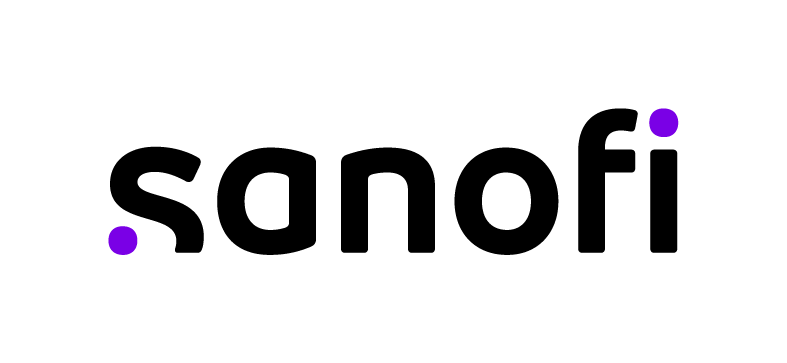By Kim Angelastro, Senior Media Strategist, Green Room Communications
As a former TV journalist, my News Director would always challenge us to “localize” a story. It could be a national story that seemingly had no impact on our viewers, but it was our job to make it relevant. Today, localizing a story has risen to a new level, with niche media outlets creating new angles in order to cut through the noise and capture new audiences.
Case in point: This is an actual headline from the President’s Inauguration:
“Did Trump, Known ‘Dark Knight Rises’ Fanboy, Channel Bane in His Inauguration Speech?”
The headline appeared on Vice.com, an online media outlet geared at reaching Millennials, which reaches more than 75m viewers a month, didn’t stop there. It posted this story next: “The Fetish Community Is Ready to Whip President Trump: We had six voices from the leather and fetish community pose before our nation’s greatest monuments and tell us their hopes and fears for Trump’s America.”
While these angles might seem drastic and sensationalized, media outlets face fierce competition and look to cover news in a way that resonates and is tailored to catch the attention of their diverse audiences. As PR pros, our responsibility is to provide clients with the best communication strategies to break through clutter to deliver their messages. Part of that strategy is understanding this media environment and the various angles generated from the trickle-down effect of big news on ALL media outlets. When impactful news breaks or is planned, it isn’t just the traditional “news” outlets like the national daily newspapers or affiliate broadcast news channels that bring us headlines anymore, it is ALL types of media outlets, from fashion to sports and everything in between.
With social media channels, online outlets, print, radio, podcasts, TV and Facebook Live, today news is surround sound and a big story can consume all of these outlets. For our clients, this means an announcement can easily get lost if the timing is wrong or the angle isn’t relevant. There is no better example of this than the recent inauguration of President Trump.
On Inauguration Day, everyone covered the facts, but the coverage took dozens of other angles as well.
Women’s Lifestyle Outlets: Refinery29.com (16-million viewers per month) “Why the Women’s March is Just a Warm Up” and “Woman Live-Tweets Her #AllLadyPlane To The Women’s March & It Is Everything.” Cosmopolitan.com, ran a first-person essay from a pregnant woman titled, “I Hope I Give Birth at the Women’s March.”
Men’s Lifestyle Outlets: Men’s outlets – including sports media – got involved in covering President Trump in unique ways for their audience as well. Deadspin.com (19 million readers/month) ran several stories about the Tom Brady-President Trump relationship, even taking bets on “Who Will Last Longer?” referring to Tom Brady retiring or President Trump finishing his term. Maxim.com, famous for its often racy content, published a story about how certain “Trump Models” will continue to “make America Sexy again.”
Fashion Outlets: As expected, Melania and Ivanka Trump’s clothing choices were part of the conversation on fashion websites, and even President Trump received some fashion coverage. Women’s Wear Daily interviewed well-known designers posing the question, “Will You Dress Melania Trump?” Fashion is always going to be part of the media conversation, in particular given the First Lady and Ivanka Trump’s strong industry backgrounds.
The bottom line: ALL media outlets cover what people are talking about, and they do it in ways that can be unpredictable, unusual and attention-grabbing for their own particular audience. For public relations professionals, what can we learn from Inauguration Day coverage?
- Plan ahead! If you know a big event is happening and your client has absolutely nothing to do with the big news, steer clear. Timing is everything. Waiting a week to garner better results is better than no results.
- Offer relevant material – If there is a connection, consider providing an angle, an expert, a visual, or statistics to the big news that is not overly promotional and you can work into organic content?
- Early bird gets the worm – Get out there early with your tie-in; media is inundated with pitches related to “big news” stories, as evidenced by the examples above. These stories are planned and curated well in advance to ensure they are visual, thorough and factual. Your story may get lost in the shuffle if you don’t have it ready at the get-go.
- Use Good Judgement – When big news is breaking, don’t be “tone deaf” to the situation. Stop efforts when needed. It is mutually beneficial to media relationships and to the announcement, which can get lost with big breaking news. If you decide to move forward regardless, keep in mind that you jeopardize trust with media who assume you aren’t paying attention or care about them.
- Glean Key Learnings – When you can’t beat the news, learn from it and analyze it all. Who were the stand-out spokespeople during the announcement, how did they conduct themselves? What was the issue, how was it resolved, what trends did you see on social media? Learning from our industry’s successes and failures can help us be more effective and strategic the next time we evaluate an opportunity around a big news story.
















